We’ll all be on dozens of teams throughout our working lives. Some are forgettable; others are notable. Typically, it’s the best and worst that stand out – but for very different reasons. The best teams remind us of the exhilaration that comes from doing your best work with people you care about toward something that matters. Exceptional results are usually part of the story, but it’s the memories of the people and relationships you formed that stand the test of time.
Unfortunately, most of us have some experience with teams that struggle to achieve goals and fail to work well together. These unhealthy teams become fertile ground for performance derailers like apathy, absenteeism, and interpersonal conflict.
To be clear, no one sets out to build a terrible team. So how does it happen?
Let’s look at why some teams fail:
- Everyone on this team works remotely, so it’s difficult to make strong connections with coworkers. The digital world creates efficiencies but frequently feels cold. Some team members struggle with feelings of disconnectedness and long for more healthy relationships with colleagues and customers. Virtual meetings with cameras on help, but it still feels like something is missing.
- The team is rife with ambitious, high-achievers who all seem to do their own thing. Most are so focused on individual performance that there is almost no sharing of ideas or best practices. Finger-pointing is rampant when things don’t go as planned, and the survival of the fittest mentality permeates every activity. While a few will thrive in this environment, others find it exhausting and unsustainable.
- The team has a leader that dominates every meeting or conversation. There is no collaboration because leaders tell people both what to do and how to do it. As a result, the team keeps their heads down and ideas to themselves. And since compliance is the norm, there is no outlet for alternative approaches or new ways of addressing old problems. The best people – who want their voices heard and ideas considered – soon move on to other opportunities, leaving their former colleagues to continue the long slow march to mediocrity.
- On this team, complaints about colleagues, replays of disagreements, and endless lists of grievances become the focus of every lunch or break room conversation. Constant criticism of coworkers overshadows the appreciation for the strengths of others. The manager is a mediator instead of a leader, and everyone seems to see the world through a gloomy, hyper-critical lens.
- The team has a few people who set the agenda, are included in the critical conversations and can orchestrate workflows in ways that serve them best – all while taking every opportunity to pat themselves on the back for their many successes. It’s the group that always seems to have access to information before everyone else. In contrast, others struggle to access information, resources, and forums to showcase their work and share their ideas. After feeling left out, left behind, and let down long enough, they quit. And then, someone inevitably asks, Why don’t we have more diversity here?
- This team suffers from a lack of energy, enthusiasm, and engagement. People are present physically, but many do just enough to hold on to their job and avoid discipline. Days drag on as people stare at the clock and dream of more fulfilling work. You’re reasonably sure that nearly everyone could do more and be more if leaders appropriately challenged them. However, there are no signs that things will change any time soon.
- Conflict is tearing this team apart. Factions have formed, and several key people are no longer communicating after a series of disagreements that some said felt very personal. Certain people aren’t even invited to offer their input, and never-ending workarounds have violated several established processes. Those who aren’t directly involved claim that they need to walk on eggshells to avoid further escalation. Performance has dropped, and a few people have made it no secret that they’re looking to get out as soon as possible.
- This team misses deadlines, overlooks essential details, and blows through the budget on far too many projects. When challenged on these shortcomings, there is little accountability and a lot of finger-pointing. No one is willing to own a problem or take the initiative that leads to a solution. While people come and go, the results remain the same.
Sound familiar?
If it does, the story doesn’t have to end here. You can change the trajectory of a team with some essential adjustments.
- Self-awareness. Every team member needs to own who they are at the core and how they show up to work each day. Real behavior change can only come when people find their inner motivation for adjusting.
- Appreciate differences. Everyone approaches work goals differently, and team members who embrace that insight about themselves can more effectively appreciate the differences they see in others.
- Relationship Intelligence (RQ). Teams that perform at their best know how to work well together. They understand the dynamics of their relationships, and they are attuned to each other’s communication styles. This intelligence (RQ) enables them to build trust and co-create better results.
In our next article, we’ll discuss how to measure, develop, and apply Relationship Intelligence (RQ) as you seek to build high-performing teams.








